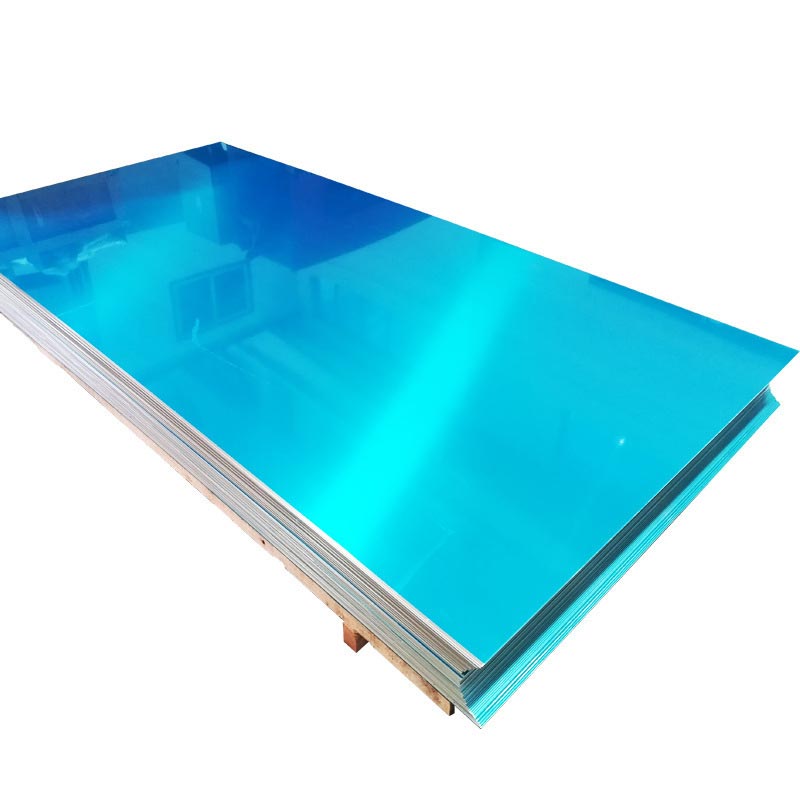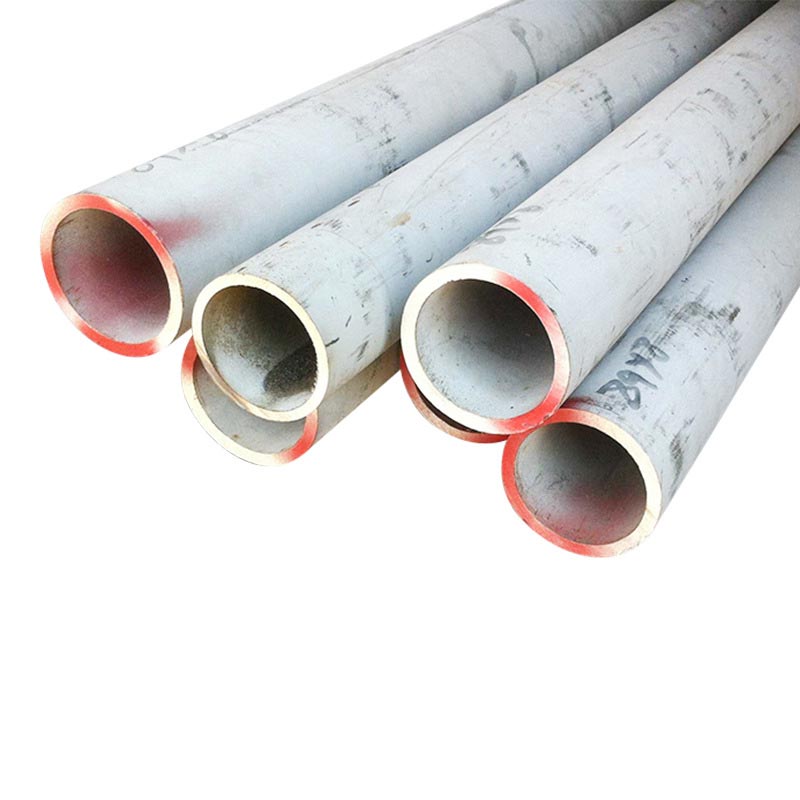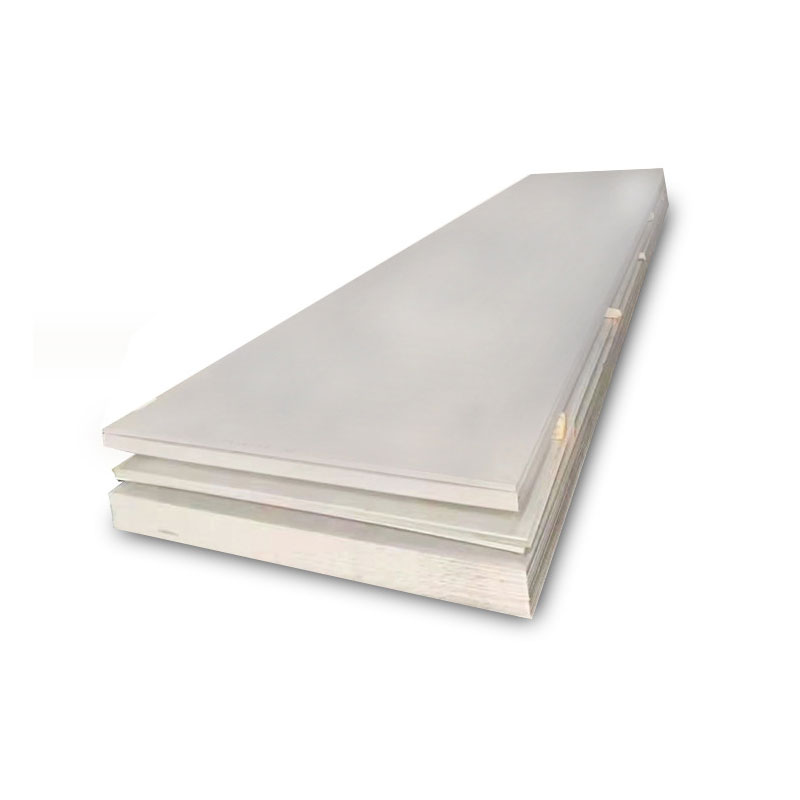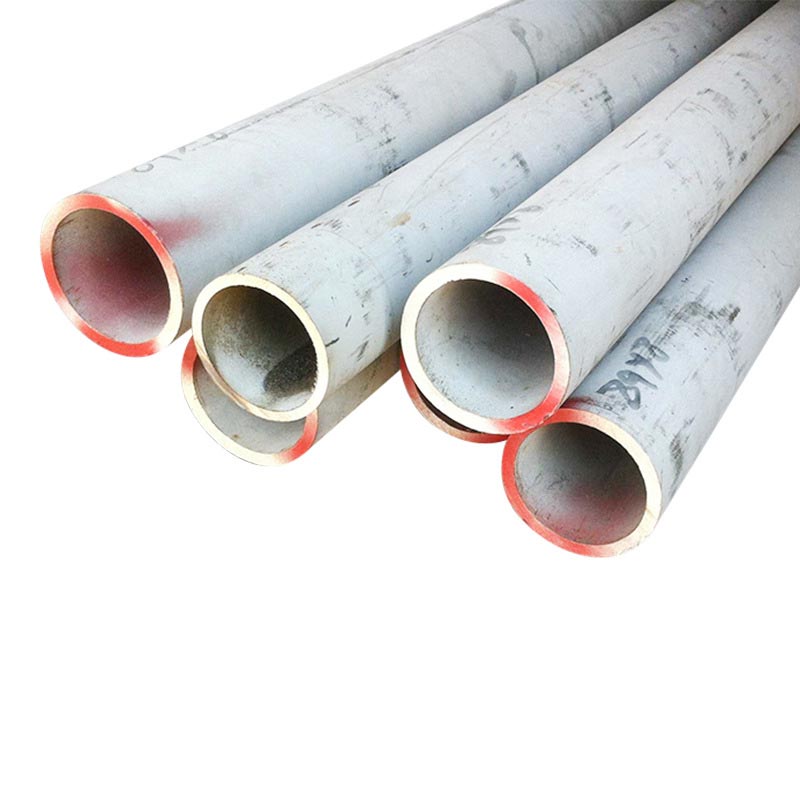Welding Section Treatment Technology for 304 Stainless Steel Tube
Welding Section Treatment Technology for 304 Stainless Steel Tube
The corrosion resistance of 304 Stainless Steel Tube is primarily due to chromium. However, since chromium is an integral component of the steel, the maintenance mechanisms differ. When the chromium content exceeds 10.5%, the steel's resistance to atmospheric corrosion significantly improves. While higher chromium content can further enhance corrosion resistance, the improvement is not visibly apparent. This is because, during the fine-grained strengthening treatment of chromium-containing steel, the type of surface metal oxide is modified to resemble the surface oxide formed on pure chromium metal. This tightly adherent, chromium-rich oxide layer protects the surface from further oxidation. This oxide layer is extremely thin, allowing the natural luster of the steel surface to remain visible, giving the stainless steel its unique appearance.
During processing, the steel strip is cut, combed, and formed before being sent to the welding station. Additionally, coolant is applied to the electromagnetic coils used in the heating system. Some coolant is also utilized during the forming process. To prevent porous structures in the weld zone, significant force is applied to the forming rollers. However, excessive forming force can lead to increased burr formation. Therefore, precisely designed CNC blades are used to remove burrs from both the inner and outer surfaces of the tube.
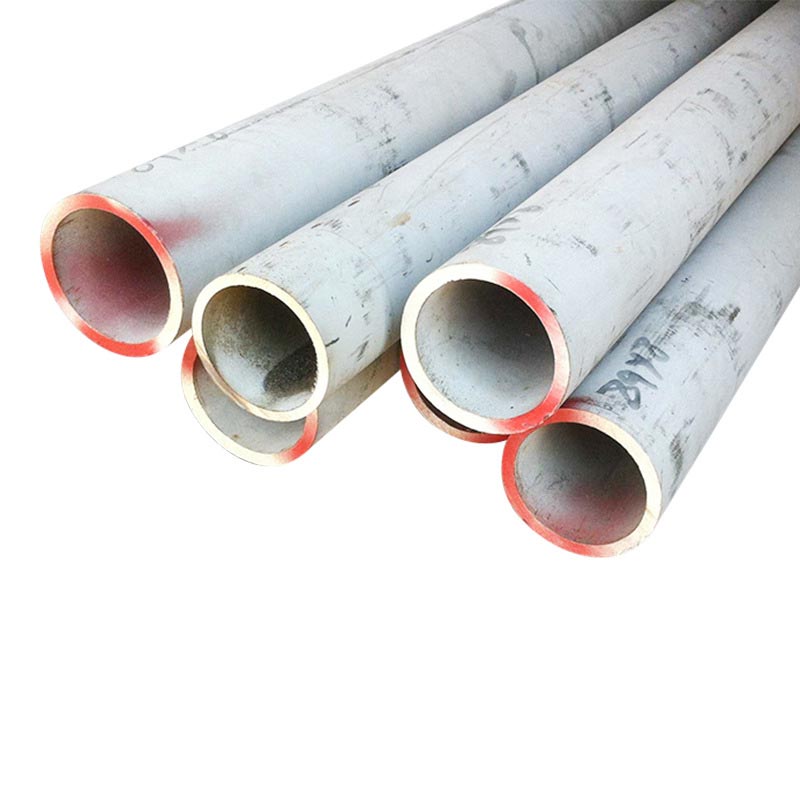
Depending on the specific welding objectives, different types of welding wire may be employed. To achieve optimal corrosion resistance, the welded sections of 304 Stainless Steel Tube require post-weld annealing treatment. After welding, the 304 Stainless Steel Tube and its fittings are susceptible to environmental contamination. To address this, passivation paste can be applied onsite in the production workshop. The recommended method is to first use a clean cloth or similar material to wipe away the passivation paste, followed by rinsing with cold water. Additionally, during the passivation process, the surface should be wiped clean until no residual passivation paste remains. The welded sections and other treated areas of the tube should exhibit a uniform brightness upon completion.
- Degreasing Methods for Common 310S Stainless Steel Tubes
- Selection of Thickness for 316L Stainless-Steel Gutter
- What Are the Differences Between 201 and 304 Stainless Steel Profiles?
- What Challenges Arise When Cutting 304 Stainless Steel Sheet?
- How to Solve the Problem of Rust Spots on Stainless Steel Coils
- How to Increase the Service Life of Stainless Steel Tubes?


